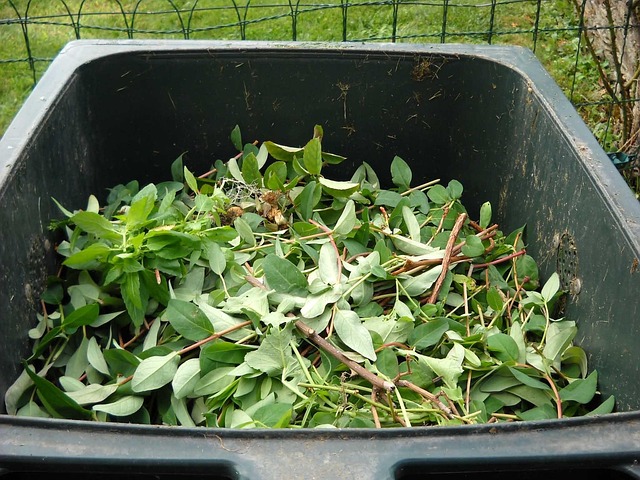Embracing the Wisdom of Traditional Farming Methods in Your Garden
In a world increasingly driven by technology and rapid advancements, there’s a growing desire to reconnect with simpler, more natural ways of living. This is especially true for gardeners who seek sustainable growth by turning to the time-tested practices of our ancestors. Incorporating traditional farming methods into your garden not only nurtures the earth but also fosters a deep sense of harmony with nature.
Understanding Traditional Farming Methods
Traditional farming methods encompass a wide range of techniques passed down through generations, often rooted in an intimate knowledge of local ecosystems. These methods prioritize balance, biodiversity, and soil health over artificial inputs. They include crop rotation, companion planting, natural pest control, composting, and using heirloom seeds. Rather than battling nature, traditional methods work with it, creating a resilient and thriving garden.
Why Choose Traditional Farming in Your Garden?
- Soil Health: Practices such as composting and crop rotation enrich the soil naturally, improving fertility and structure without synthetic fertilizers.
- Biodiversity: By planting a variety of crops and encouraging beneficial insects, your garden becomes a dynamic ecosystem resistant to pests and diseases.
- Sustainability: Reducing reliance on chemical inputs and heavy machinery lowers your environmental footprint, making your gardening more sustainable.
- Preserving Heritage: Using heirloom seeds and traditional cultivation methods helps conserve genetic diversity and cultural heritage.
How to Incorporate Traditional Methods Into Your Garden
1. Start with Soil Health: Begin by creating a rich compost from kitchen scraps, yard waste, and other organic materials. Spread it on your garden beds to feed the microorganisms that make soil fertile.
2. Practice Crop Rotation: Avoid planting the same crops in the same spot year after year. Rotate families of plants to reduce pest buildup and nutrient depletion.
3. Use Companion Planting: Pair plants that benefit each other—for example, growing beans alongside corn or marigolds near vegetables to naturally deter pests.
4. Save and Plant Heirloom Seeds: Heirloom varieties are often more adapted to your local environment and maintain biodiversity.
5. Encourage Beneficial Insects: Cultivate flowering plants like dill and fennel to attract pollinators and predatory insects that help control harmful pests.
Connecting With Your Garden on a Deeper Level
Adopting traditional farming methods invites you to slow down and engage more intimately with your garden. It’s a journey that cultivates patience, observation, and appreciation for the cycles of nature. Each seed planted becomes a link in a long chain of agriculture knowledge, a tribute to those who cultivated the land before us.
When you bring these old yet ever-relevant methods into your garden, you’re not just growing plants—you’re nurturing a sustainable lifestyle that honors the earth and supports future generations.




